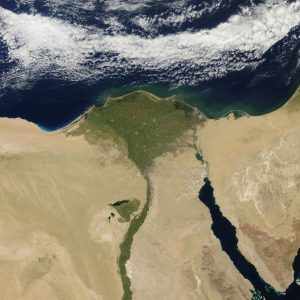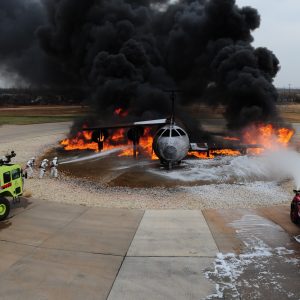The Stream, March 22: Brasília Aims to End Water Rationing by December
The Global Rundown
Water rationing in Brasília, Brazil, is expected to end by December. A recent report finds that over 800 million people must travel and queue for at least 30 minutes to access safe water. The American Chemical Society analyzes the impact of California’s wildfires on water supply. The number of water-saving “sponge cities” in China grows. More than half of Kenya’s population is forced to draw water from unsafe ponds, rivers, and shallow wells.
“Water has become a global problem. Here in Brasília it is no different.” –Rodrigo Rollemberg, Governor of Brazil’s Federal District, in reference to ongoing water shortages in Brasília. Brazil’s capital city has been rationing water since January 2016, but the rationing will end in December with the completion of an expanded water supply system. Reuters
Latest WaterNews from Circle of Blue
Egypt’s Nile River Pressured by Population Growth, Rising Sea Level – Threats to the Nile and explosive population growth are pushing Egypt toward severe water scarcity.
What’s Up With Water – March 19, 2018 – “What’s Up With Water” condenses the need-to-know news on the world’s water into a snapshot for the start of the workweek. Listen to this week’s edition to hear coverage on Russian cyberattacks, hydropower projects in Europe, and microplastics in bottled water.
By The Numbers
844 million Estimated number of people who must travel and queue for at least 30 minutes to access clean water, according to a report by the NGO WaterAid. The report listed Eritrea, Papua New Guinea, Uganda, Ethiopia, the Democratic Republic of the Congo, and Somalia as the countries where accessing safe water is most difficult. The Guardian
600 Number of water-saving projects completed by the Chinese architectural firm Turenscape. The firm is known for its innovative “sponge cities.” These green cities, engineered to conserve water and withstand monsoon flooding, are changing China’s urban landscape. The Guardian
Science, Studies, And Reports
In the wake of the Thomas Fire, the largest wildfire in modern California history, the American Chemical Society has found that wildfires in forested watersheds have a “variable but predictable” impact on drinking water sources. Researchers found that as soil warms, greater amounts of carbon- and nitrogen-containing compounds are released from the ground. These compounds leach into water sources and can react with chemicals used to purify water, transforming them into disinfection byproducts (DBPs), which are unsafe in drinking water. Science Daily
On The Radar
Prolonged drought in Kenya has left over half the population without access to clean water. Many people are forced to draw water from unsafe rivers and shallow wells. The government is attempting to deliver water to drought-stricken communities, but it is becoming increasingly difficult to find and supply water. Al Jazeera
Kayla Ritter is a recent graduate of Michigan State University, where she studied International Relations and Teaching English to Speakers of Other Languages. She is currently based in Manton, Michigan. Kayla enjoys running, writing, and traveling. Contact Kayla Ritter






Leave a Reply
Want to join the discussion?Feel free to contribute!